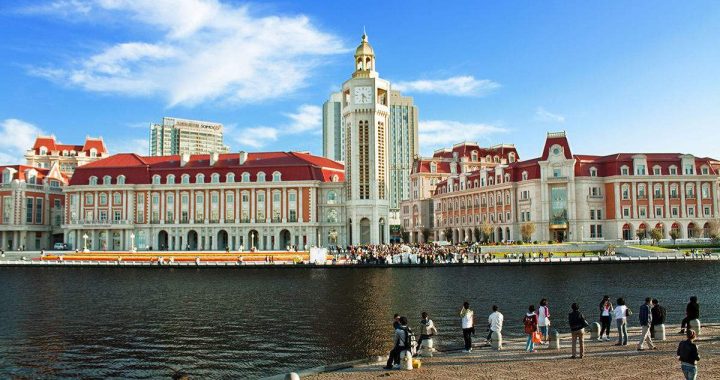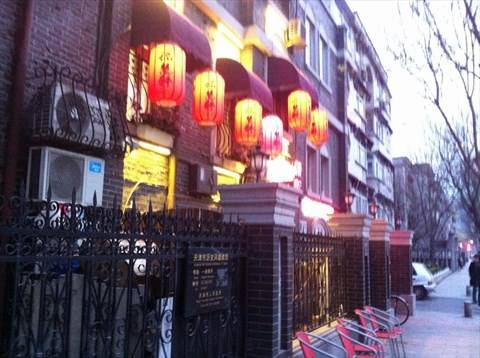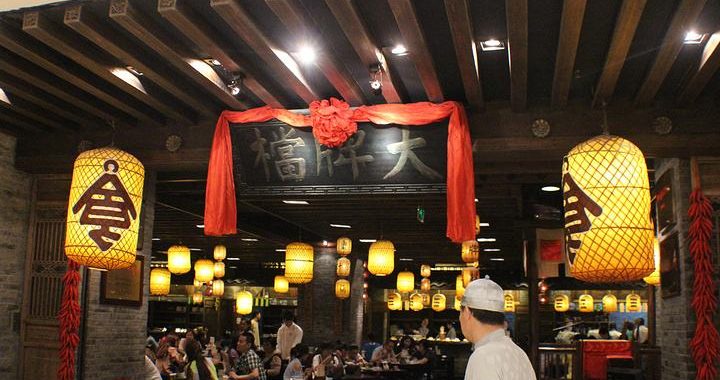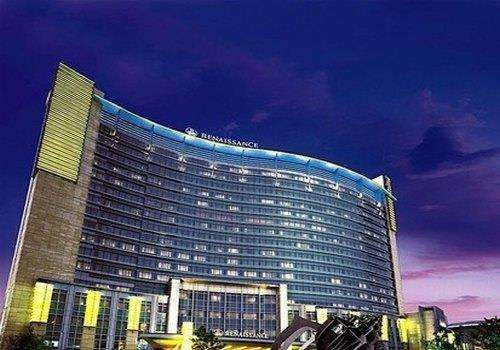Climate and Rainfall
2 min readTianjin features a four season, monsoon-influenced climate, which is typical of East Asia, with cold windy and very dry winters. These conditions reflect the influence of the vast Siberian anticyclone and the hot, humid summers are due to the monsoon. Spring in the city is dry and windy and occasionally there are sandstorms blowing in from the Gobi Desert capable of lasting for several days. The monthly 24-hour averag temperature ranges from-3.5°C(25.7F) in January to 26.6C(79.9F) in July, with an annual mean of 12.66C(54.8F). With monthly sunshine figures ranging from 48% in July to 61% in October, the city receives 2,522 hours of bright sunshine annually. Tianjin has a low annual total precipitation of 540 millimeters (21.3 in) and nearly three-fifths of it occurs in July and August. The city lies within the humid continental zone with parts of the municipality being classified as semi-arid Extreme temperatures have ranged from-22.9C(-9F) to 40.5°C(105°F).
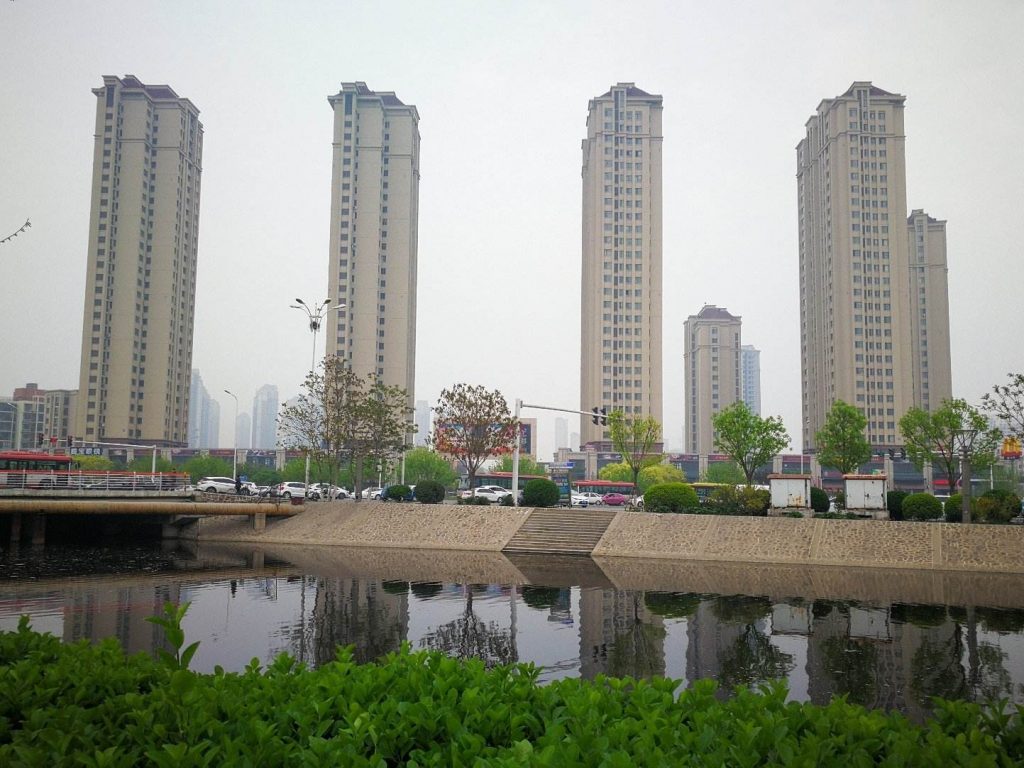
Located in the warm temperate zone, Tianjin has a sub-humid monsoon climate. The four seasons are quite distinct from each other. In winter, under the influence of the Mongolian cold high pressure systems, Tianjin is frequented by a northwest wind which brings cold and dry weather. In summer, the subtropical high pressure patterns in the Northwest Pacific often bring south winds, as well as high temperatures and humidity accompanied by rain. The spring is dry and windy, with a varied range in temperature. The autumn sky is usually clear, bright and sunny. The climate in Tianjin is mainly continental, but the impact of the Bohai Sea can have a strong influence where sea-land breezes are common.
